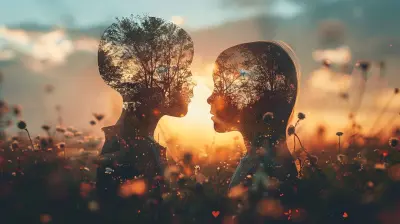The Connection Between Creativity and Emotional Health
1 September 2025
Creativity and emotional health are like two sides of the same coin. When we engage in creative activities—whether it's painting, writing, dancing, or even problem-solving—we tap into parts of our brain that process emotions, relieve stress, and promote overall well-being. But how exactly does creativity impact emotional health? And can embracing our creative side actually help us navigate the ups and downs of life?
Let's dive into the fascinating relationship between creativity and emotional well-being. 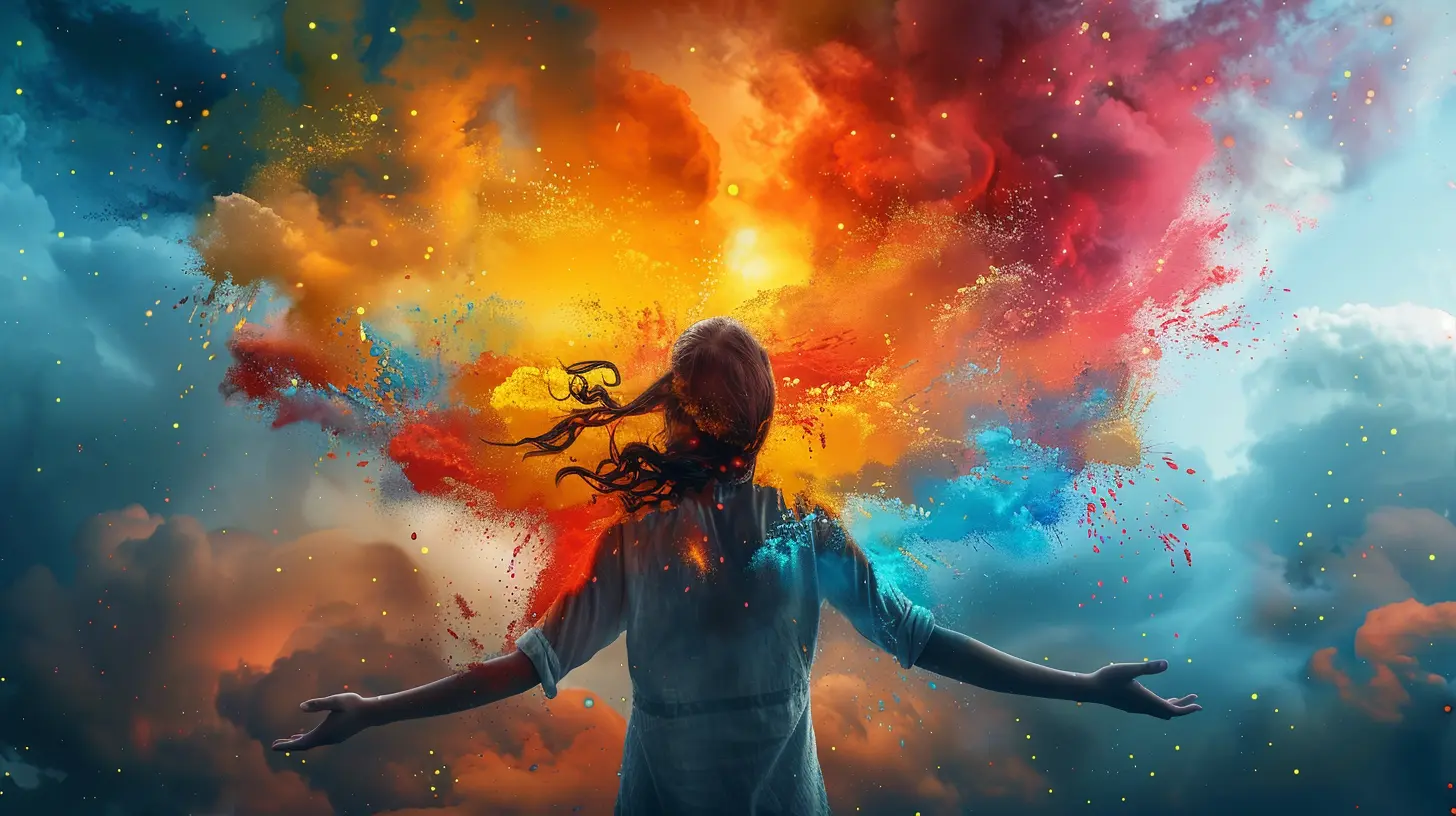
Creativity as a Form of Emotional Release
Have you ever noticed how much lighter you feel after scribbling in a journal, sketching a random doodle, or even humming a tune? That's because creativity is one of the most effective ways to process emotions.When we create, we externalize our thoughts and feelings, giving them form and structure. Instead of bottling up stress, sadness, or frustration, creative expression helps us release and make sense of them. Think of it as an emotional detox—pouring out feelings onto paper, canvas, or even through movement can ease inner tension.
Many therapists use creative outlets like art therapy, music therapy, and journaling to help individuals cope with trauma, anxiety, and depression. Expressing emotions creatively allows people to communicate things they might struggle to say with words alone. 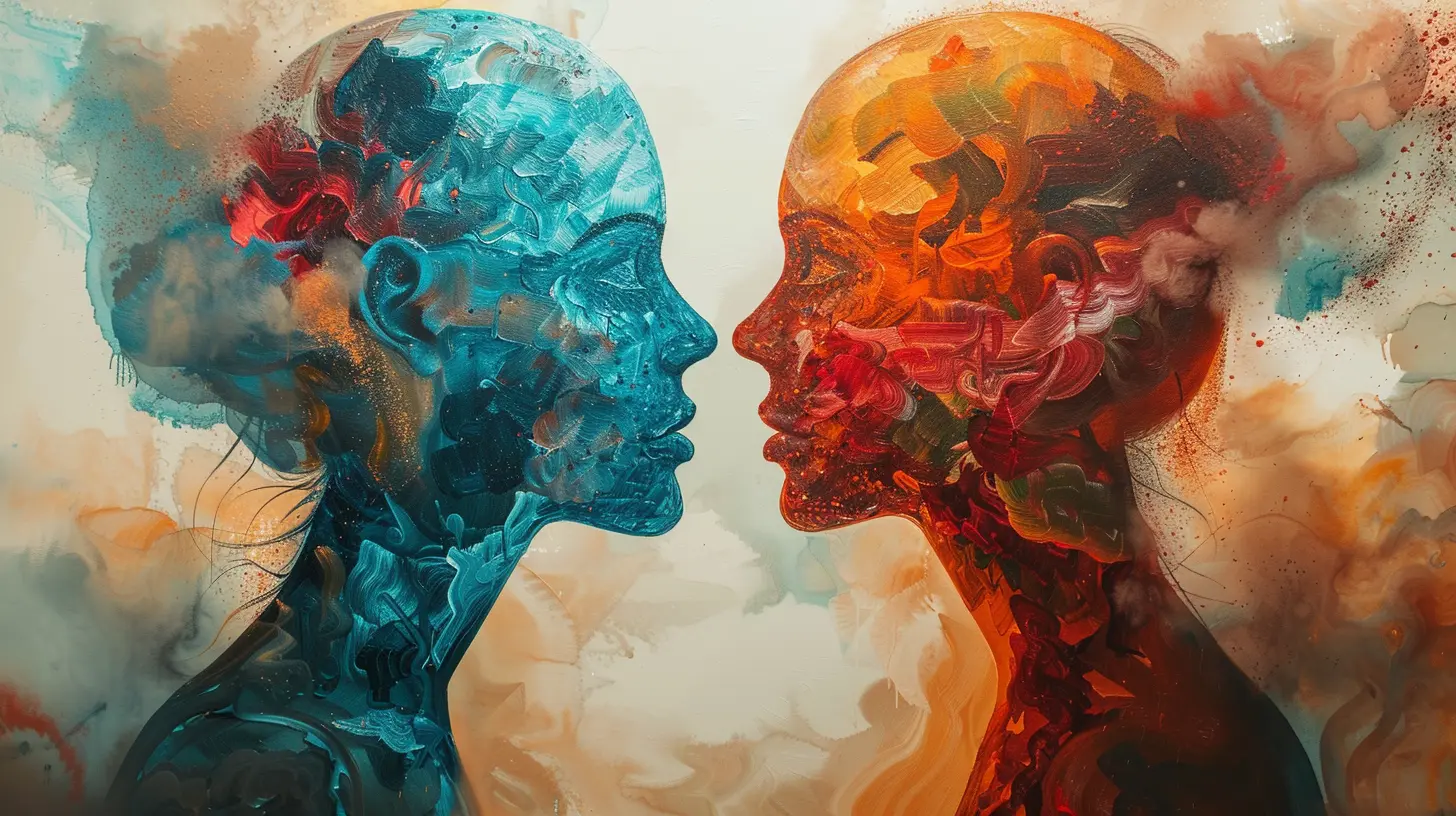
The Science Behind Creativity and Emotional Well-Being
Creativity isn't just a "feel-good" activity—it has a strong neurological basis. Engaging in creative tasks activates multiple parts of the brain, including:1. The Prefrontal Cortex (Emotional Regulation & Problem-Solving)
This part of the brain helps regulate emotions and develop solutions to problems. When we engage in creative thinking, we strengthen this area, making it easier to manage stress and emotional challenges.2. The Limbic System (Emotional Processing)
This system controls emotions and memory. When we're deeply engaged in creating, we tap into this region, allowing us to process and release emotions more effectively.3. Dopamine Production (The "Feel-Good" Chemical)
Ever noticed how accomplished you feel after completing a creative project? That’s dopamine at work. Dopamine is a neurotransmitter that promotes happiness and motivation. Creative activities trigger its release, enhancing emotional well-being.So, creativity isn't just about making something beautiful—it's rewiring your brain for emotional resilience. 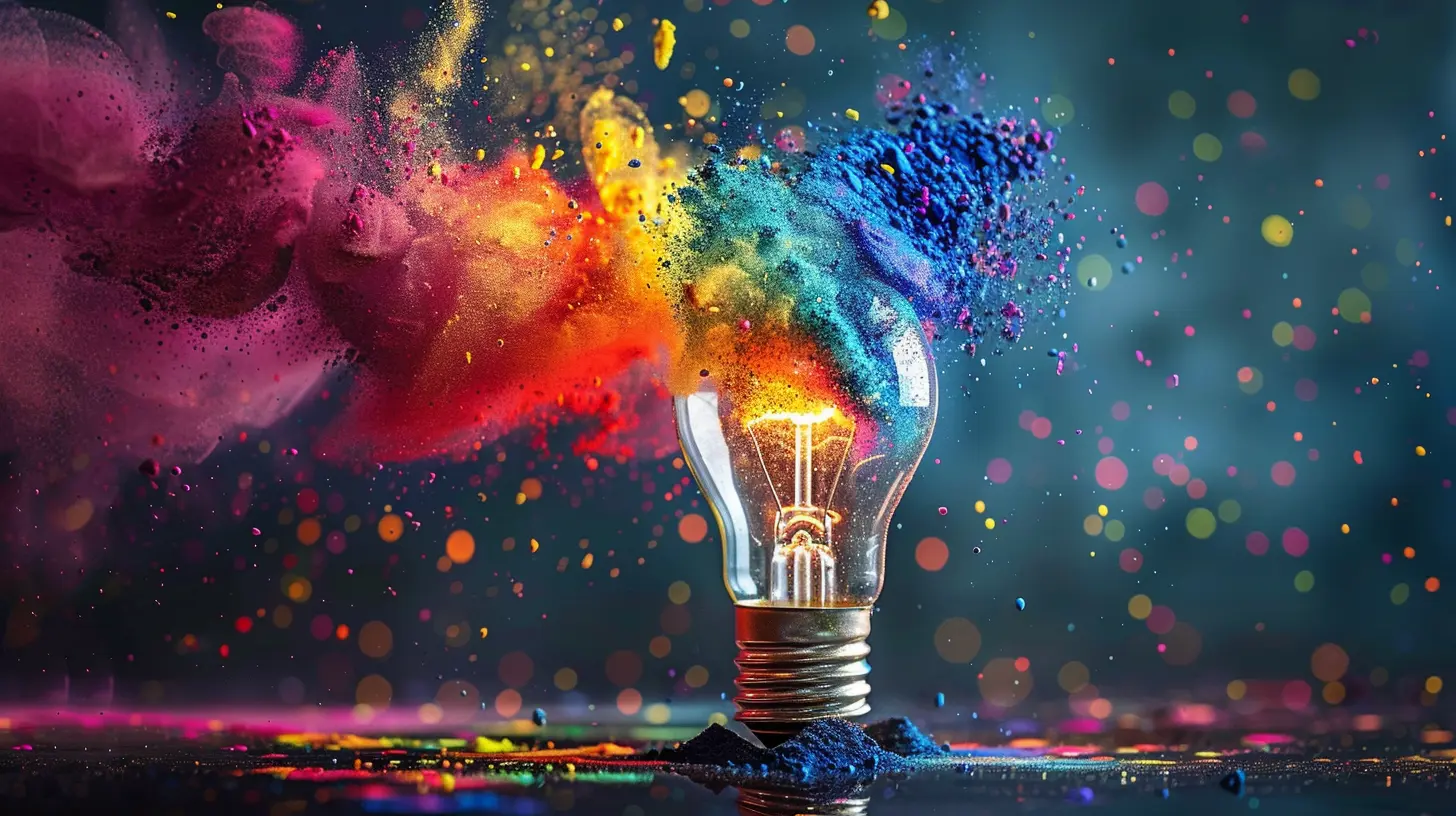
Creativity Reduces Stress and Anxiety
Life throws challenges our way, and sometimes, stress and anxiety feel overwhelming. But guess what? Creativity can act as a natural stress reliever.Engaging in creative activities puts us in a state of "flow"—a mental state where we’re fully immersed in what we're doing. When in flow, negative thoughts take a backseat, stress levels drop, and time seems to fly by. This meditative-like state is similar to what happens when practicing mindfulness.
Activities like painting, knitting, playing music, or even cooking allow the mind to slow down and focus on the present, reducing anxious thoughts. It's like giving your brain a mini-vacation from stress. 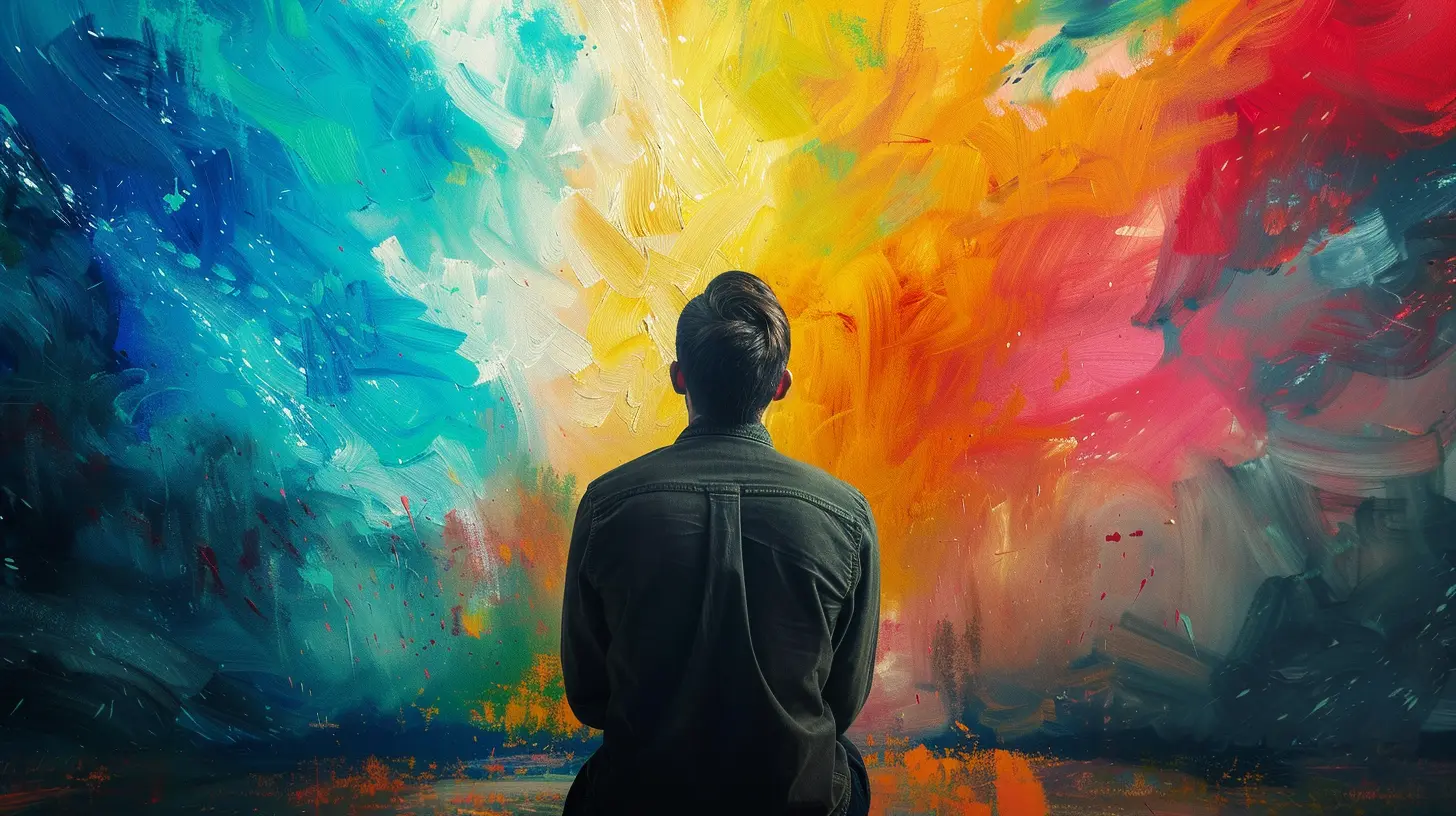
Emotional Expression Through Art and Writing
Creative expression provides a safe space for emotional exploration. Sometimes, emotions are too complex to be verbalized, but art, music, and storytelling help make sense of those feelings.1. Art as Therapy
Art therapy is widely recognized as a powerful tool for emotional healing. Whether it's painting, sculpting, or drawing, visual arts allow individuals to externalize inner struggles without needing words. Studies show that engaging in artistic activities lowers cortisol levels (the stress hormone) and improves overall mood.2. Writing for Emotional Clarity
Journaling, poetry, and storytelling are excellent ways to process emotions. Writing helps organize thoughts, reflect on personal experiences, and gain new perspectives. Many psychologists recommend expressive writing to cope with trauma, grief, and stress.Even if you’re not a "writer," jotting down your feelings regularly can be incredibly therapeutic. It’s like having a personal therapist on paper—always ready to listen.
The Role of Creativity in Personal Growth
Creativity isn’t just about emotional relief—it’s also a catalyst for personal growth. When we challenge ourselves creatively, we push past self-imposed limits, build confidence, and develop resilience.1. Overcoming Fear of Failure
Creativity teaches us that mistakes are part of the process. No masterpiece was created without trial and error. This mindset shift can be liberating, helping us embrace imperfection in other areas of life as well.2. Boosting Self-Esteem
Completing a creative project, no matter how small, gives a sense of accomplishment. This boosts self-confidence and reinforces the belief that we are capable of achieving our goals.3. Enhancing Problem-Solving Skills
Creativity is about thinking outside the box. When we engage in creative pursuits, we train our brains to find innovative solutions—an invaluable skill in both personal and professional life.Creativity and Emotional Connection
Have you ever bonded with someone over a shared love for music, movies, or art? Creativity fosters connection—both with ourselves and with others.Collaborative creative projects, like playing in a band, joining a writing group, or participating in an arts community, create a sense of belonging. Human connection is a vital aspect of emotional well-being, and creativity often serves as a bridge that brings people together.
Even on a solo level, creativity strengthens self-awareness. The more we create, the more we understand our emotions, triggers, and inner world.
How to Incorporate More Creativity into Your Life
Not everyone considers themselves "creative," but the truth is, creativity exists in countless forms. You don’t have to be an artist or musician to benefit from creative expression. Here are some simple ways to integrate creativity into your daily life:- Start a Journal: Write about your thoughts, dreams, or even fictional stories.
- Try Doodling: You don’t have to be Picasso—just let your hands move freely.
- Explore Photography: Capture moments that make you feel something.
- Experiment in the Kitchen: Cooking can be an incredibly creative and rewarding experience.
- Engage in Music: Whether it’s singing, playing an instrument, or just listening mindfully, music is a powerful creative outlet.
- DIY Projects: Crafting, knitting, or home décor projects can be both fun and therapeutic.
The key is to find something that feels enjoyable and freeing rather than stressful or pressured.
Final Thoughts
Creativity and emotional health are deeply interconnected. Engaging in creative activities not only provides a form of emotional release but also strengthens resilience, enhances problem-solving skills, and fosters personal growth. Whether through art, writing, music, or simple everyday creative acts, tapping into your creative side can significantly improve your mental well-being.The next time you're feeling overwhelmed, pick up a pen, paintbrush, or even some clay—let your creativity guide you toward healing. Who knows? You might just discover parts of yourself you never knew existed.
all images in this post were generated using AI tools
Category:
Emotional Well BeingAuthor:

Eliana Burton
Discussion
rate this article
1 comments
Everett Curry
This article beautifully highlights the vital link between creativity and emotional well-being. It's fascinating how engaging in creative activities can serve as a therapeutic outlet, fostering resilience and self-expression. Thank you for shedding light on this important relationship, which often goes overlooked in discussions about mental health.
September 19, 2025 at 3:43 AM

Eliana Burton
Thank you for your thoughtful comment! I'm glad you found the article meaningful and that it resonated with the important connection between creativity and emotional well-being.

